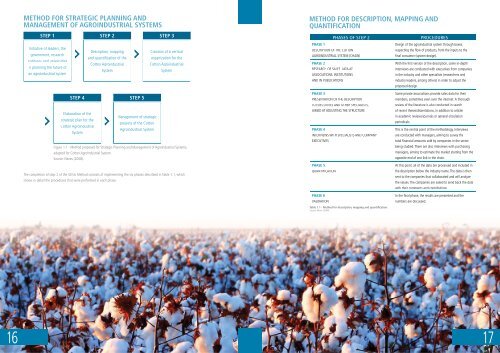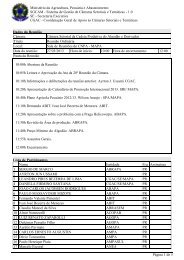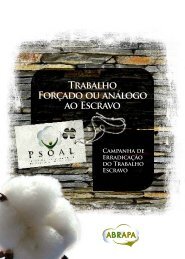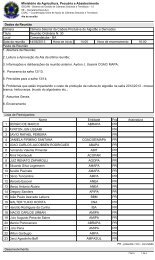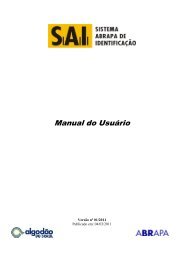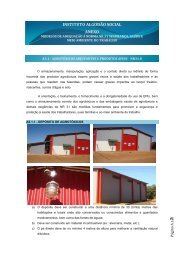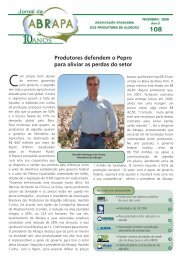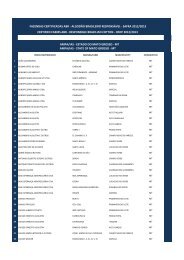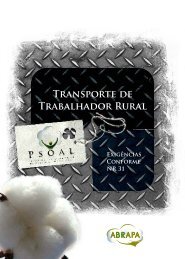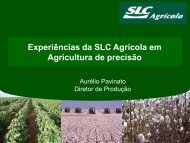The Brazilian Cotton Chain - Abrapa
The Brazilian Cotton Chain - Abrapa
The Brazilian Cotton Chain - Abrapa
Create successful ePaper yourself
Turn your PDF publications into a flip-book with our unique Google optimized e-Paper software.
THE REVIVAL OF BRAZILIAN<br />
COTTON PRODUCTION AND<br />
CURRENT PORTRAIT<br />
“Our greatest glory is not in never falling, but in<br />
rising every time we fall.” This phrase is attributed<br />
to the Chinese thinker Confucius, who lived<br />
in the sixth century BC and was the creator of<br />
Confucianism – the ethical, social and political<br />
philosophy that became official doctrine of the<br />
Chinese empire between the third century BC and<br />
the third century AD. To Confucius, the people of<br />
his day had lost core values that needed to be<br />
regained for the construction of a new society<br />
based on humanism, courtesy, wisdom, integrity,<br />
loyalty and honesty.<br />
Fall and reconstruction: exactly what was needed<br />
for the cotton sector to re-invent itself as one<br />
of the most modern, organized and competitive<br />
sectors in <strong>Brazilian</strong> agribusiness. In the early<br />
1980s, Brazil was one of the major world<br />
producers and exporters of cotton fiber. At the<br />
time, this crop was largely regulated by the State,<br />
whose agricultural policy guaranteed cotton<br />
growers access to subsidized credit, minimum<br />
marketing prices and government purchases for<br />
the formation of buffer stocks. In the commercial<br />
realm, import tariffs created a large market reserve<br />
for domestic growers. Thus, the cotton sector<br />
was sustained, and oblivious to international<br />
competition.<br />
In the second half of the 1980s, the scenario<br />
began to change. First, the boll weevil pest<br />
arrived in Brazil, which literally destroyed entire<br />
plantations, and was one of the main reasons for<br />
the continuous reduction of cotton croplands in<br />
the 1980s and 1990s. <strong>The</strong> final blow, which led<br />
to the greatest crisis experienced by the sector<br />
in its more than four centuries of history, was<br />
the turnaround in the economic and trade policy<br />
in Brazil. In the early 1990s, trade liberalization<br />
exposed cotton producers and the domestic textile<br />
industry to competition from imports.<br />
Ultimately, the productive sector was not<br />
prepared, and there was no government planning<br />
for the transition. Thus, two of the main sectors<br />
that generate more employment and income in<br />
Brazil – the cotton and textile industries – were<br />
hit hard, resulting in production losses, mass<br />
layoffs, and major mortality of enterprises. Just<br />
to illustrate, cotton production fell from roughly<br />
970,000 tonnes in 1984 to 420,000 tonnes in<br />
1992. Exports, which in 1982 reached more than<br />
200,000 tonnes, reached only 1,000 tonnes in<br />
1993. That same year, Brazil imported 407,000<br />
tonnes, a figure that in 1984 was four million<br />
tonnes.


